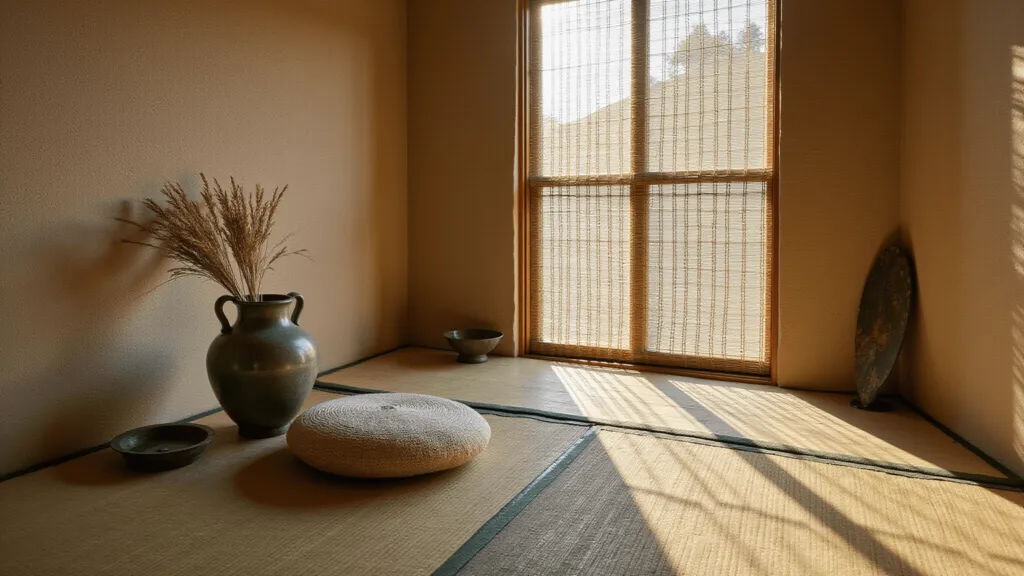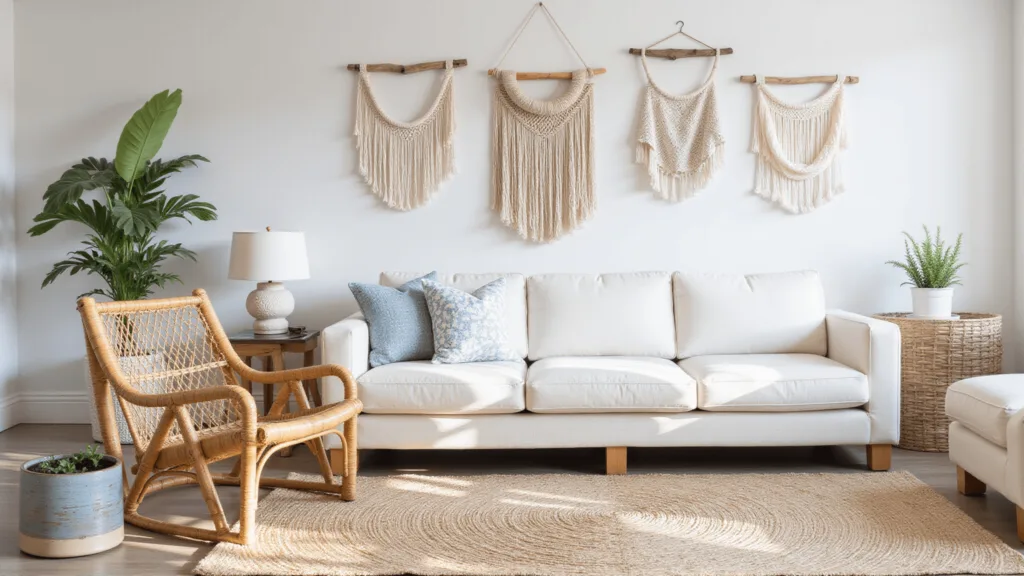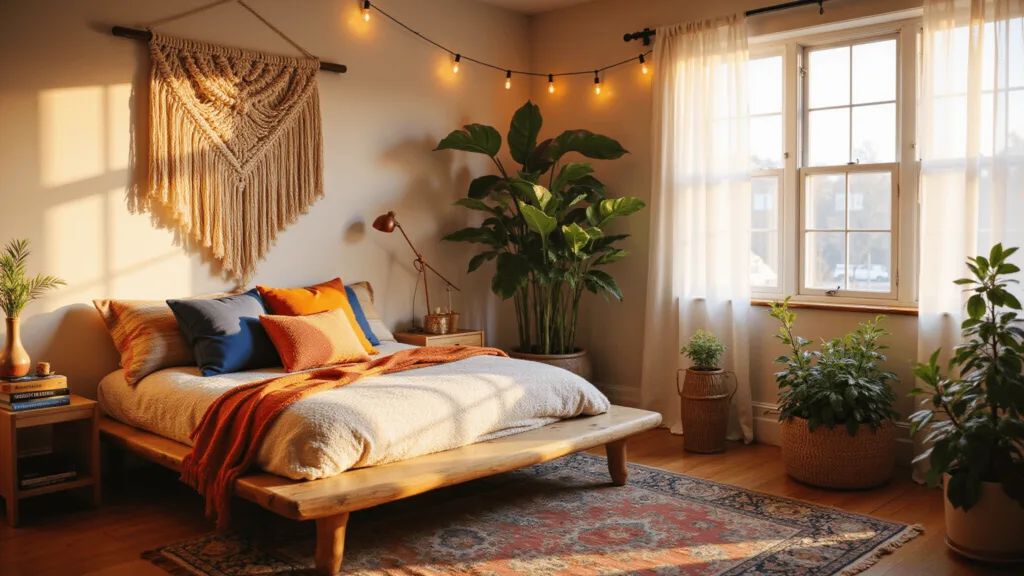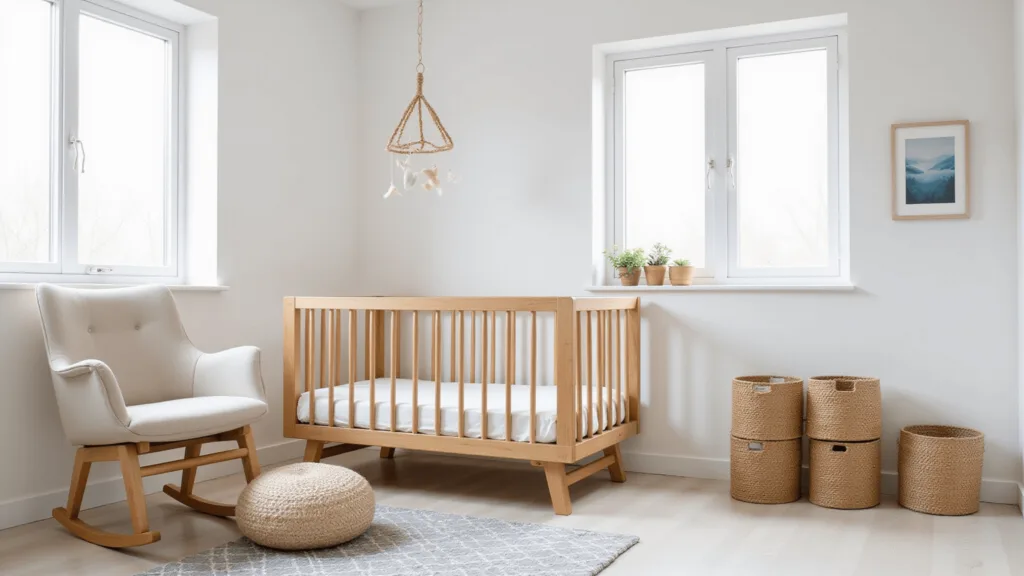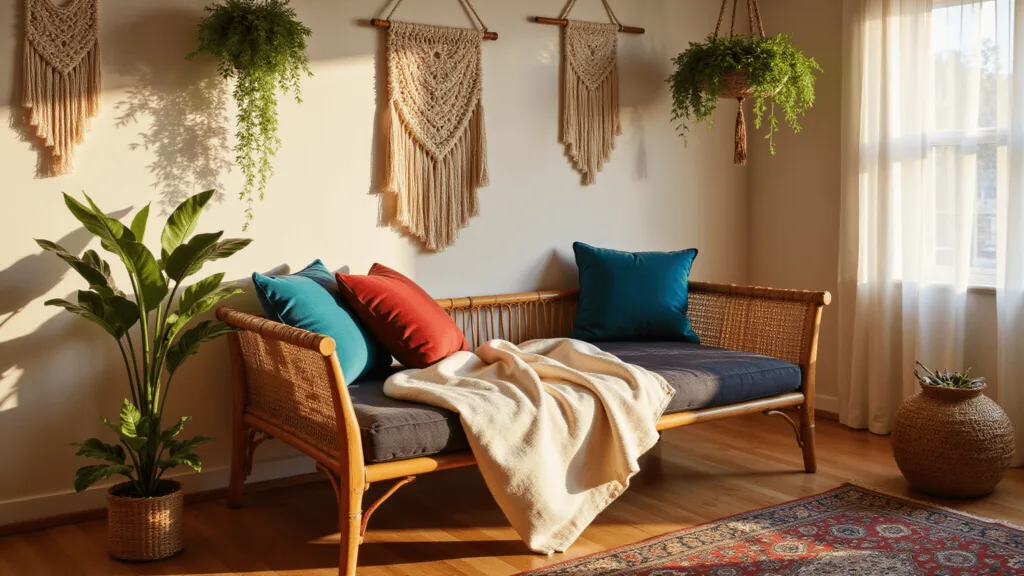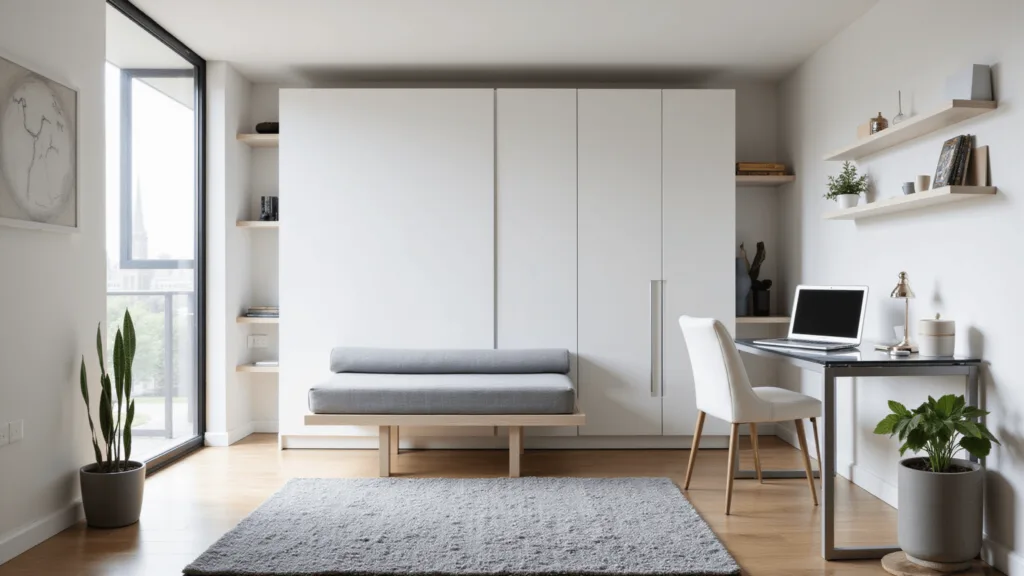Understanding the Essence of Wabi-Sabi Architecture
Wabi-Sabi isn’t just a design style – it’s a profound philosophy that celebrates imperfection, transience, and natural beauty.
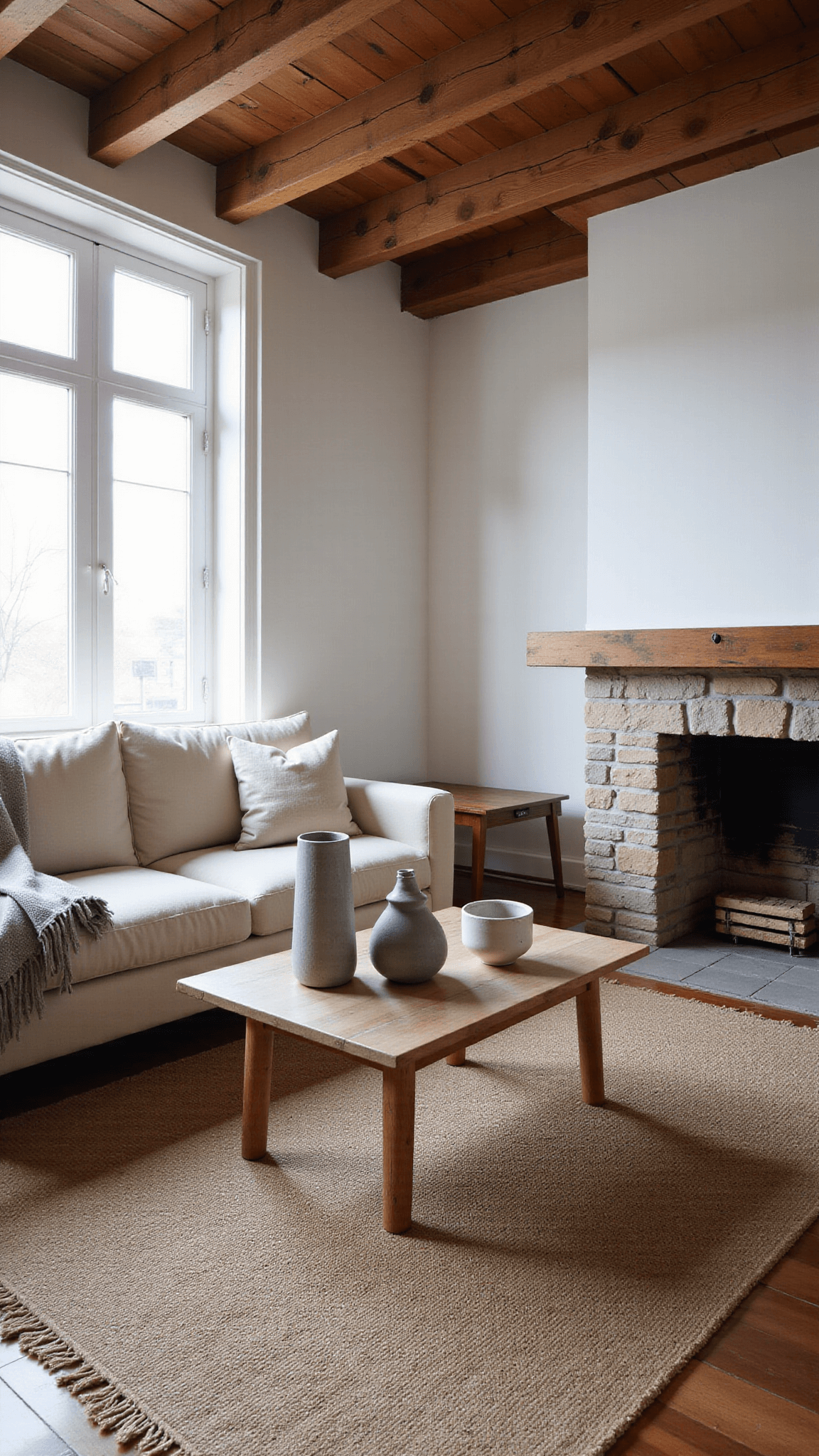

Key Characteristics of Wabi-Sabi Design
- Embracing Imperfection: Finding beauty in wear, aging, and natural irregularities
- Minimalist Approach: Reducing clutter to highlight essential elements
- Natural Materials: Prioritizing wood, stone, ceramics, and organic textures
- Muted Color Palette: Earthy tones that reflect nature’s subtle elegance


Essential Tools for Creating Wabi-Sabi Spaces
Photography Equipment
- High-quality camera or smartphone
- Soft, diffused lighting setup
- Natural light sources preferred
- Optional: Softbox for controlled illumination
Styling Essentials
- Reclaimed wood pieces
- Handmade ceramics
- Natural fiber textiles
- Plants and organic elements
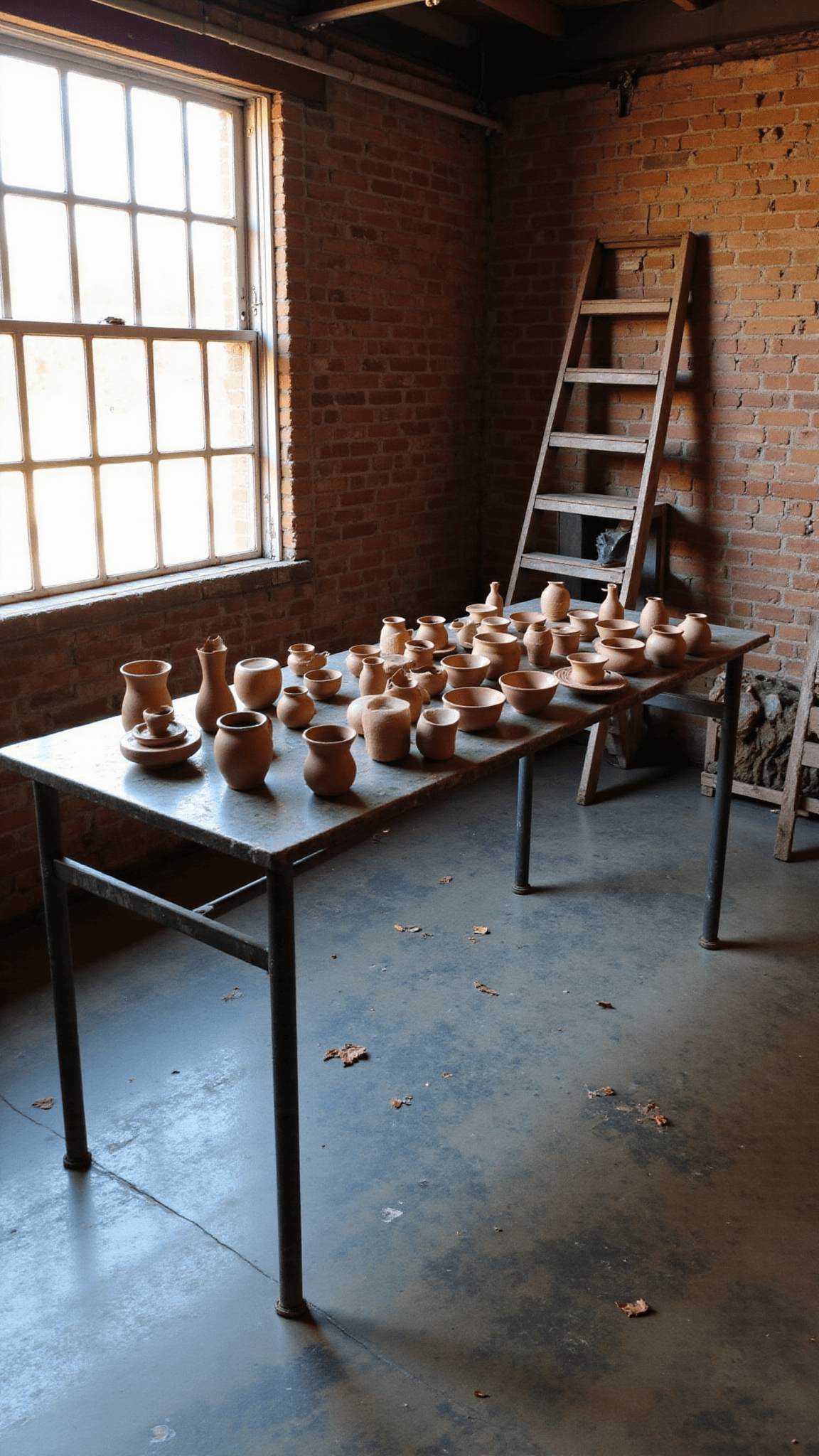

Step-by-Step Wabi-Sabi Space Creation
1. Space Preparation
- Clear unnecessary items
- Create intentional negative space
- Focus on natural light sources
- Select earthy, muted background surfaces
2. Prop Selection and Arrangement
- Choose items with visible history
- Mix textures: rough stone, smooth wood, soft textiles
- Maintain asymmetrical, balanced compositions
- Highlight natural imperfections
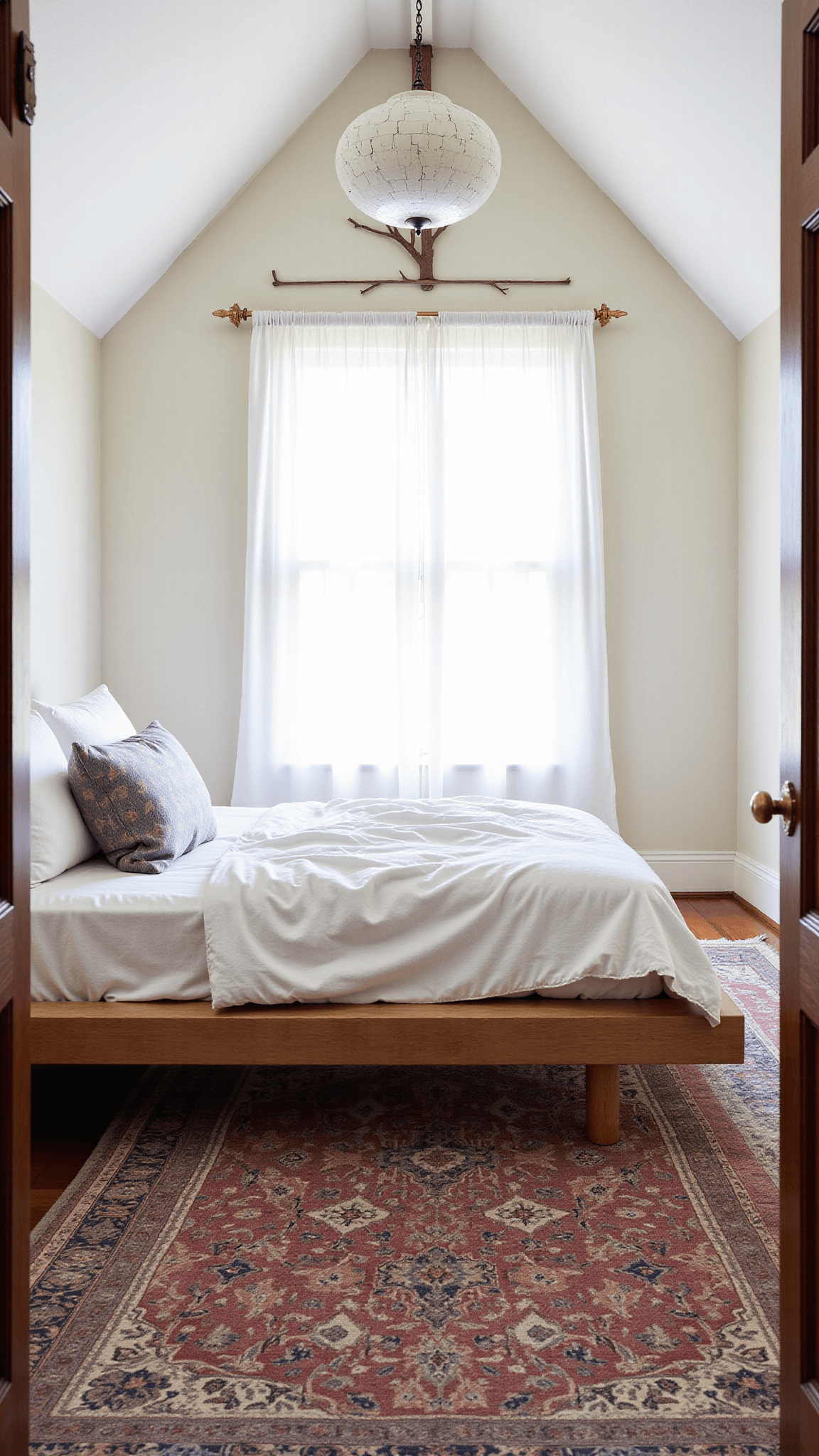

3. Photographic Techniques
- Shoot during golden hours (early morning/late afternoon)
- Use low ISO settings
- Experiment with multiple angles
- Capture subtle texture details


Color and Texture Guidelines
Recommended Color Palette
- Deep forest greens
- Warm browns
- Soft grays
- Muted terracotta tones
Texture Layering Principles
- Combine contrasting surface qualities
- Prioritize natural fiber interactions
- Allow materials to showcase their inherent characteristics


Common Mistakes to Avoid
- Over-styling: Maintain simplicity
- Harsh Lighting: Use soft, natural illumination
- Forcing Perfection: Embrace organic variations
- Ignoring Context: Ensure design respects surrounding environment
Advanced Wabi-Sabi Styling Tips
Seasonal Adaptations
- Winter: Incorporate bare branches, stone elements
- Spring: Add delicate botanical touches
- Summer: Introduce light, airy textures
- Autumn: Emphasize warm, earthy tones
Budget-Friendly Strategies
- Collect natural objects from outdoors
- Repurpose vintage or worn items
- Focus on meaningful, long-lasting pieces
- Learn basic restoration techniques


Technical Optimization
Platform Considerations
- Create vertical Pinterest-friendly images
- Use high-resolution files
- Write descriptive, keyword-rich captions
- Maintain consistent visual storytelling
Final Thoughts
Wabi-Sabi isn’t just design – it’s a meditation on life’s beautiful impermanence.
By embracing natural rhythms and celebrating subtle elegance, you transform spaces into profound experiences of harmony and authenticity.
Pro Tip: Remember, perfect imperfection is the ultimate design philosophy.

